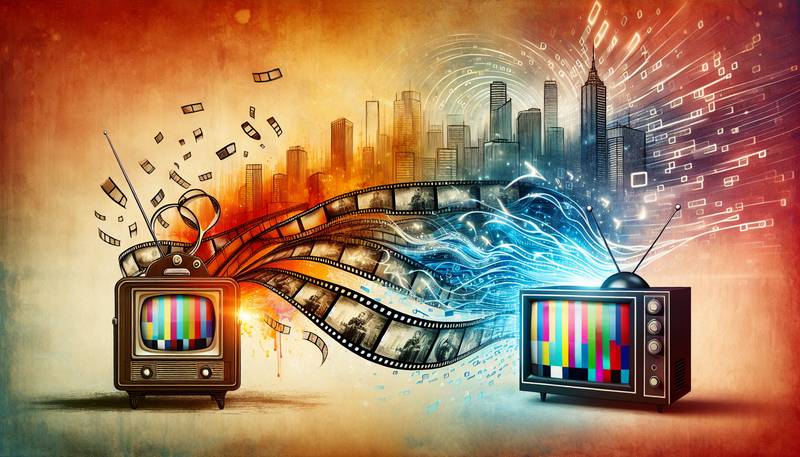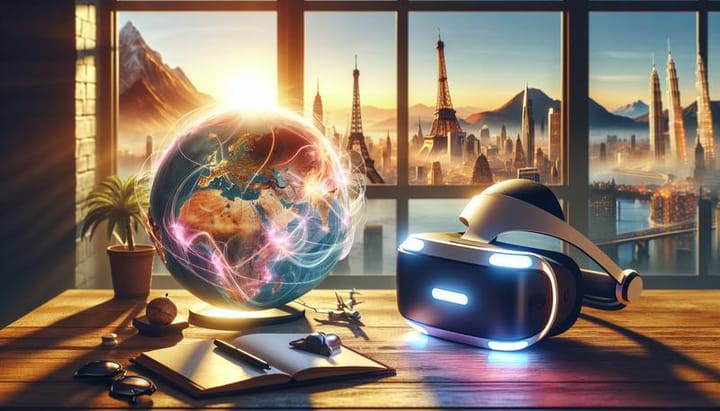The Changing Landscape of TV and Film in the Digital Age

The entertainment industry has seen a significant transformation in recent years, with the advent of digital technology changing the way we consume TV and film. Gone are the days of rushing home to catch the latest episode of your favorite show, or standing in line at the movie theater for a blockbuster release. Now, viewers have a plethora of options at their fingertips, with streaming services, on-demand content, and digital downloads dominating the market.
The Rise of Streaming Services
One of the most significant changes in the TV and film industry has been the rise of streaming services. Companies like Netflix, Amazon Prime, and Hulu have revolutionized the way we watch TV shows and movies. These platforms offer a vast library of content, available to watch at any time, from any device. The convenience and flexibility of streaming services have made them a popular choice for viewers, with more and more people cutting the cord and ditching traditional cable subscriptions.
The Impact of Streaming on Traditional Media
The popularity of streaming services has had a profound impact on traditional media outlets. Cable and satellite providers have seen a decline in subscribers, as viewers flock to the internet for their entertainment needs. This has led to a decrease in advertising revenue for traditional TV networks, as advertisers shift their focus to digital platforms. As a result, many networks have had to adapt to the changing landscape, creating their own streaming services or partnering with existing platforms to reach their audience.
The Role of Social Media in the Entertainment Industry
Social media has also played a significant role in the changing landscape of TV and film. Platforms like Twitter, Instagram, and Facebook have become important marketing tools for the industry, with studios and networks using social media to promote their content and engage with fans. Social media has also given rise to a new breed of influencers and content creators, who use their platforms to review and discuss TV shows and movies, further shaping the public's perception of what's worth watching.
The Evolution of Content Creation
The digital age has also changed the way content is created. With the rise of digital cameras and editing software, filmmakers can produce high-quality content on a smaller budget. This has led to an increase in independent films and web series, giving a voice to creators who may have been overlooked by traditional studios. Additionally, the ease of distribution through digital platforms has allowed for more diverse and niche content to find an audience.
The Future of TV and Film
As we look to the future, it's clear that the TV and film industry will continue to evolve in the digital age. Virtual reality and augmented reality are set to become the next big thing, with studios exploring new ways to immerse viewers in their content. The use of artificial intelligence in content creation and recommendation algorithms will also shape the way we discover and watch TV shows and movies.
The Role of Data in the Entertainment Industry
Data has become an important asset in the entertainment industry, with companies using data analytics to understand viewer behavior and preferences. This information is used to make strategic decisions about what content to produce, how to market it, and where to distribute it. As data becomes more sophisticated, we can expect to see even more targeted and personalized content in the future.
Conclusion
The digital age has brought about significant changes in the TV and film industry, with streaming services, social media, and digital technology changing the way we consume content. The industry is continuing to evolve, with new innovations on the horizon that will further disrupt traditional media. While the future is uncertain, one thing is clear: the way we watch TV and film will never be the same.


